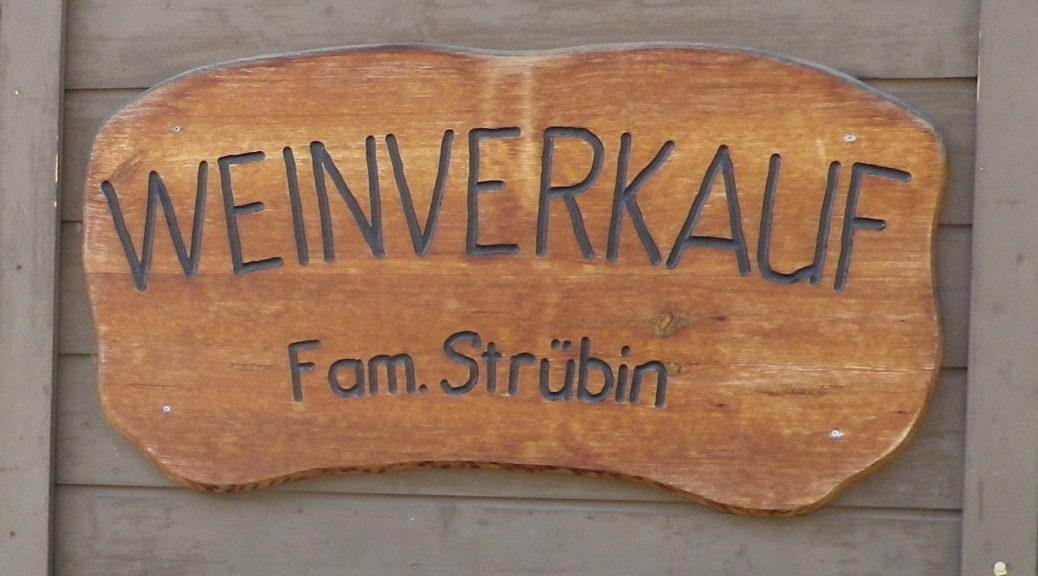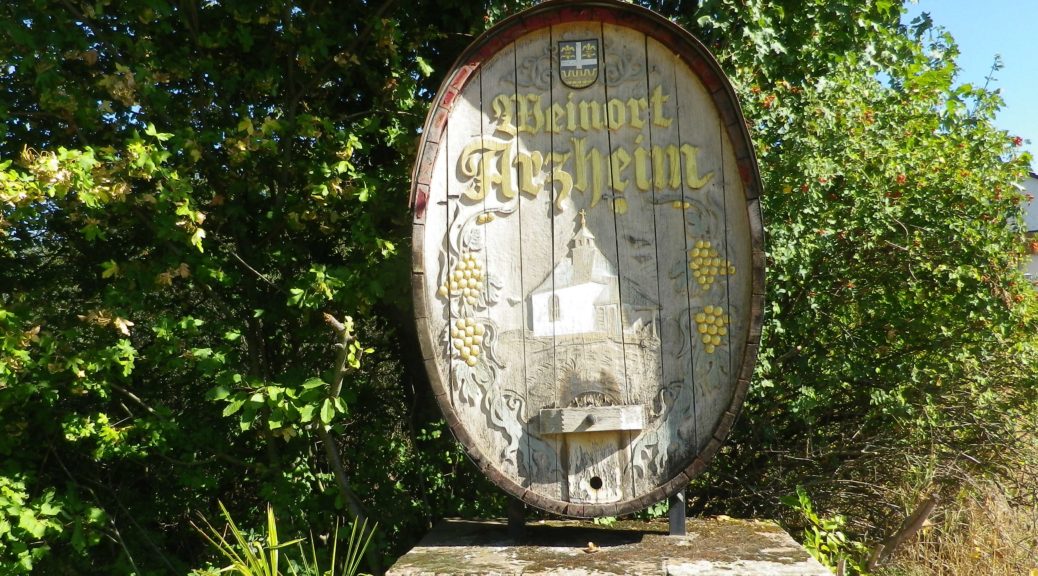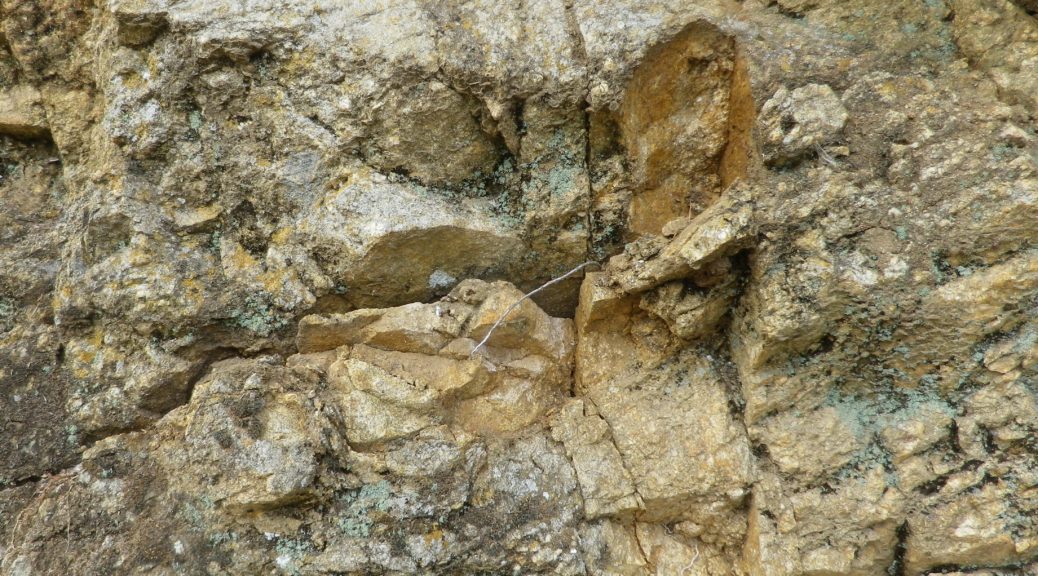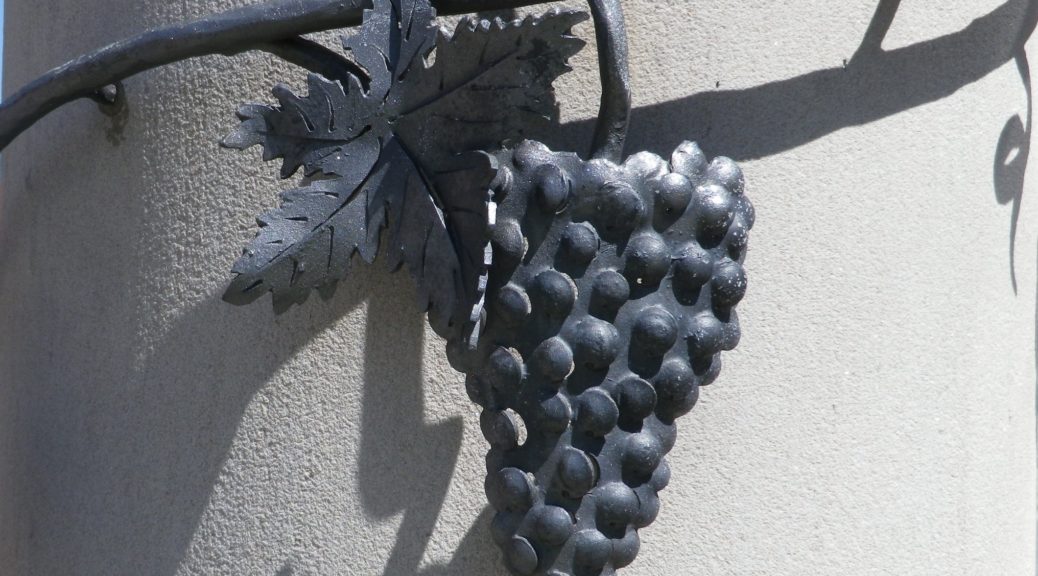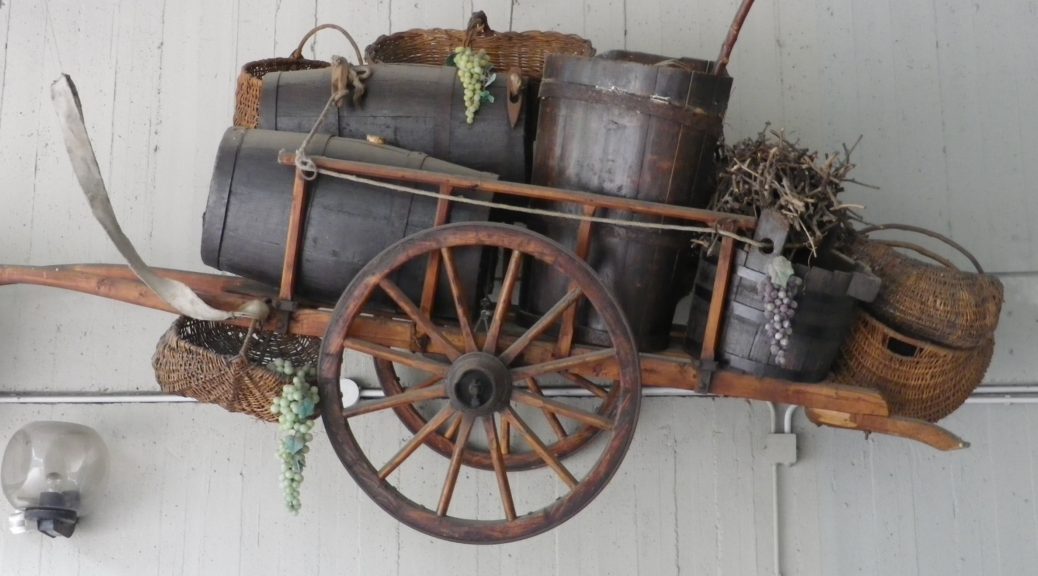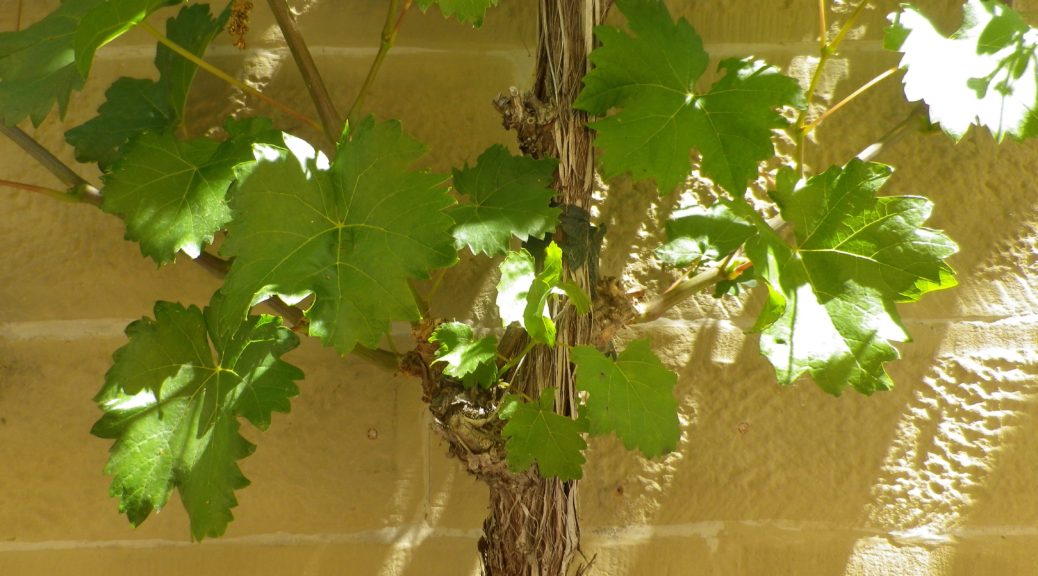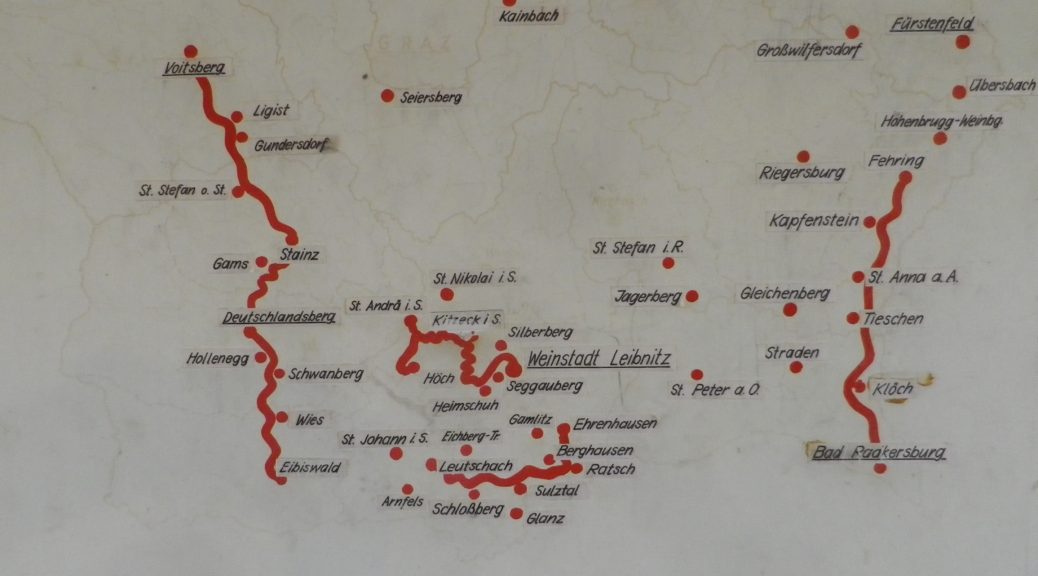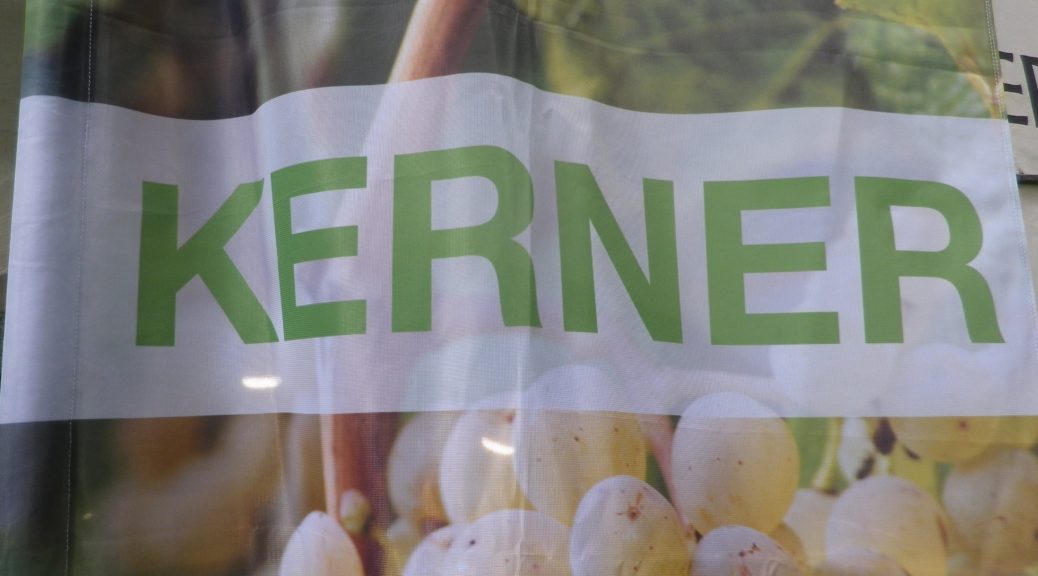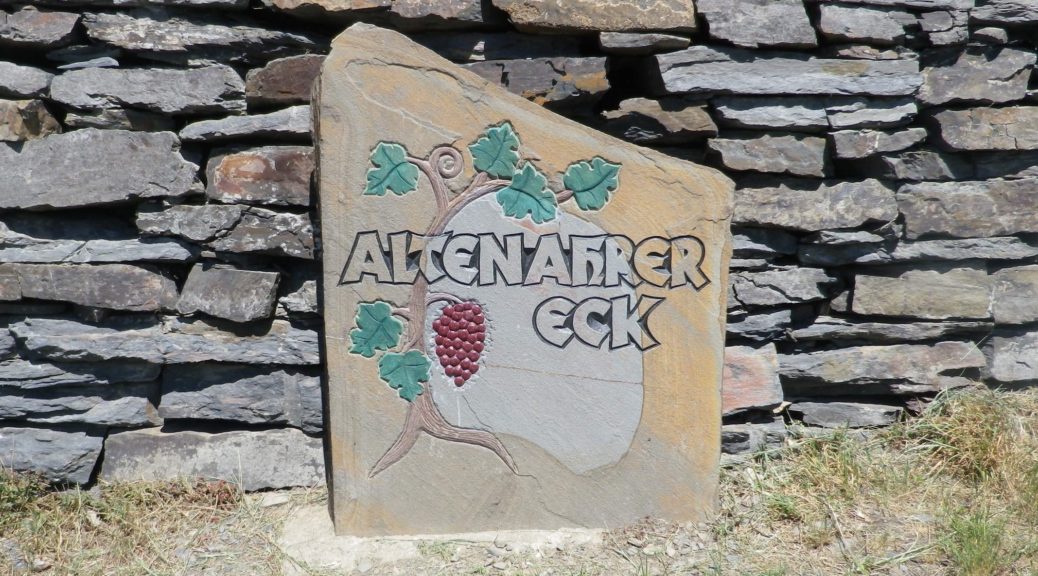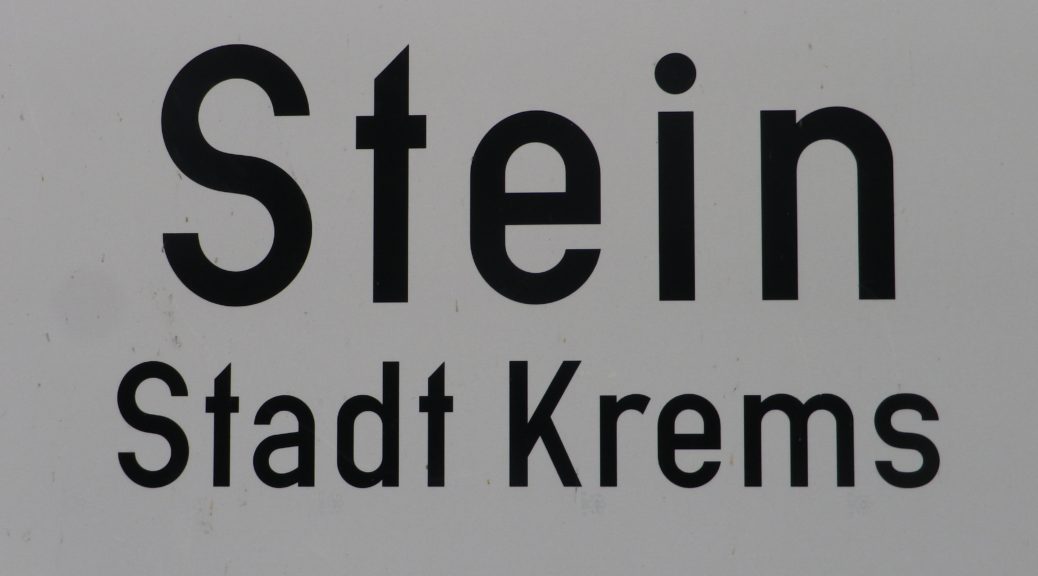What I Learned
Switzerland does indeed have vineyards, and produces its own quality wines under a system similar to the French appellation system. Only about two percent of all Swiss wine is exported, and most of that to neighboring Germany. Furthermore, the largest and best-known vineyard areas are in southern Switzerland, in the Cantons of Valais, Vaud and Ticino. Less well known are the wines of the Deutschschweiz, or German Switzerland, in the northwest corner of Switzerland.
The cycling itinerary I followed traversed vineyards in the Basel-Landschaft Canton, and the Aargau Canton, in the northwest corner of the Deutsche Schweiz. Like many places north of the Alps, viticulture in this part of Switzerland arrived with the Romans, and picked up again as Christian monasteries took root in the area. This whole history is neatly encapsulated in two towns lying side by side: Basel-Landschaft’s Augst, formerly the Roman colony of Augusta Raurica, with a large Roman era archeology site today; and the Aargau’s Kaiseraugst, an imperial stronghold and site of a monastic foundation in the medieval era.
Within the Deutschschweiz, there are several appellations, often named after the cantons. Both the Aargau and Basel-Landschaft cantons produce wines, which are bottled under eponymous appellations, albeit on a smaller scale than other Deutschschweiz cantons, like Schaffhausen or the Graubuenden. Both produce predominately red wines, as Pinot Noir is one of the primary red grapes grown here. Only about one third of the grapes are white, mostly Chasselas and Pinot Gris.
While there are plenty of vineyards, there were few wineries on the ground to visit (only about six along the whole route). As is often the case in smaller wine-producing regions, the local grapes are often vinified in a nearby cellar that will produce wine from the harvests of small, independent vineyards.
What I Tasted
2017 Blanc de Noir, Trocken, AOC Basel Landschaft, Siebe Dupf Kellerei (Liestal): A dry red grape (Pinot Noir) wine, vinified white; with pale gold color, fruity nose with ripe berry fruit flavors; very smooth, velvety mouthfeel, pure fruit flavor shines through with virtually no tannins or acidity TDA
2017 Pinot Noir, Maispracher Pinot Noir, Trocken, AOC Basel Landschaft, Siebe Dupf Kellerei (Liestal): A dry red wine with medium ruby red color; nose of vanilla and cherry and flavors of the same; medium tannins
